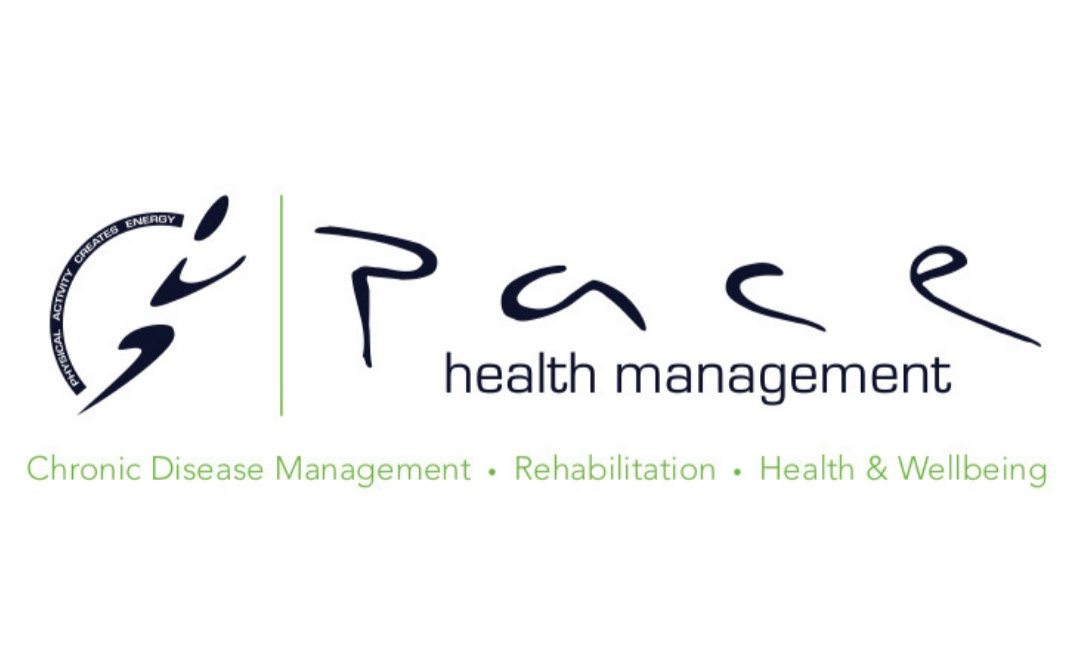Osteoarthritis & Exercise Physiology
Do you suffer from or know of someone who suffers from osteoarthritis (OA)? Chances are that you may as statistics show 9% of Australians (2.1million people) currently have the condition. This blog will explore conservative management of this chronic condition and provide an insight into how exercise physiology treatment can be utilised to manage the impact and severity of OA.
What is OA?
OA is a common chronic condition that can affect any joint in the body. In OA, cartilage within a joint begins to wear down reducing the ability to appropriately absorb shock. This can lead to an inability to complete smooth movements and pain symptoms to increase. Most commonly affected joints involve hips, knees, big toe, spine & hands.
What are common symptoms of OA?
- Reduced range of motion or stiffness that is improved by movement
- Clicking or cracking sounds when the joint moves
- Mild swelling around the joint
- Pain that is worse after an activity or towards the end of the day
How can exercise help OA?
Considerable research has been conducted looking into the benefits of any form of exercise and OA. Fortunately for us all, the majority of research shows “exercise is as effective in relieving symptoms as are pain medications and anti-inflammatory drugs”. Exercise is seen as safer and having fewer side effects as well. Looking for more specific exercise recommendations? As an exercise physiologist, we believe in each person having an individualised and specific exercise program to ensure optimal treatment outcomes. However, if I was to speak generally, it is beneficial to follow the below points:
1. Chose something that you enjoy doing and can be easily integrated into your life. Everyone is human and every human enjoys doing things they like. Ensure you stay compliant to your OA management plan by choosing activities that you enjoy.
2. Strength training has been shown to improve muscle mass and reduce symptoms associated with OA. Key focus areas should be around the affected joint to ensure adequate muscle mass is promoted to assist in joint function/ability. It is important to seek the assistance from a suitable qualified health professional as “doing too much” can lead to an exacerbation of symptoms. Ideal frequency is 2-3 times per week and each program should progress only as tolerated.
3. Complete some form of cardiovascular exercise most days of the week. Again, it is all about what you enjoy and can tolerate. Some examples include walking, riding, swimming, aquatic exercises or rowing. High impact exercise such as running or jumping may be contraindicated depending on the severity of each OA joint.
4. Flexibility training is important to help maintain full joint range of motion and can be completed most days. Specifically, stretching around an OA joint can assist that joint to improve function (note: never stretch through pain).
Other important factors:
- Weight management: Ensuring you maintain an adequate weight will go a long way in reducing the relative loading you put through an OA joint.
- As with anything, start slowly. Expect some slight increase in pain initiallywhen you start something new. If you experience a substantial increase in pain you have pushed too hard and need to break it down into smaller, achievable steps.
- Consistency of management will always outperform intensity. Benefits can quickly be lost if you stop exercising so ensuring you continue to follow your management plan is very important (even on holidays!)
Need more advice?
Exercise can seem easy yet be quickly complicated, especially when dealing with a chronic condition such as OA. At Pace Health Management we are more then happy to help you create your own individualised management program. Contact one of our clinics to find out more.
References:
1. Australian institute of Health and Welfare (updated 2018)
2. Arthritis Foundation
3. Bennell KL, Hinman RS. A review of the clinical evidence for exercise in osteoarthritis of the hip and knee. J Sci Med Sport 2011; 14(1): 4–9. 2. Uthman, O. A., et al. (2013). "Exercise for lower limb osteoarthritis: systematic review incorporating trial sequential analysis and network meta-analysis." BMJ 347: f5555. 3. Juhl C, Christensen R, Roos EM et al. Impact of exercise type and dose on pain and disability in knee osteoarthritis: A systematic review and meta-regression analysis of randomized controlled trials. Arthritis Rheum 2013 epubl
4. Lange AK, Vanwanseele B, Singh MAF. Strength training for treatment of osteoarthritis of the knee: A systematic review. Arthritis Rheum 2008; 59(10):1488–94.
5. Messier SP, Mihalko SL, Legault C,et al. Effects of intensive diet and exercise on knee joint loads, inflammation, and clinical outcomes among overweight and obese adults with knee osteoarthritis: the IDEA randomized clinical trial. JAMA 2013; 310:1263-1273
6. The Royal Australian College of General Practitioners (RACGP). (2009). Guideline for the non-surgical management of hip and knee osteoarthritis July 2009. South Melbourne: RACGP.
